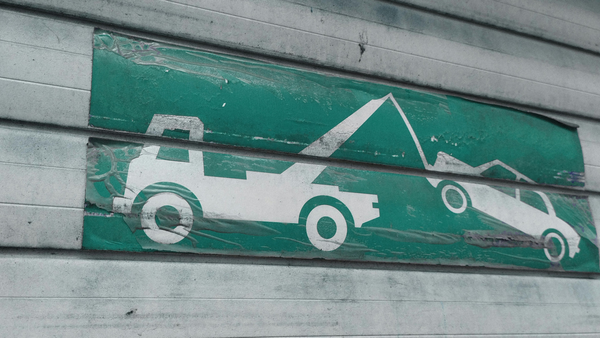
Health officials have warned of large-scale outbreaks of disease in Pakistan after severe flooding displaced millions of people.
A rise in cases of diarrhoea and malaria has been reported after months of heavy rains left people stranded and without access to clean water.
Authorities say they are concerned that the spread of waterborne diseases after the floods, which have killed almost 1,200 people, will further strain health facilities. More than 880 clinics have been damaged, according to the World Health Organization, which has allocated $10m (£8.6m) to emergency health relief efforts.
Tedros Adhanom Ghebreyesus, director general of the WHO, said on Wednesday that the agency had classified the floods as the highest level of emergency. He said the threat of waterborne diseases meant access to health services and disease monitoring and controls were a “key priority”.
Arif Jabbar Khan, director of WaterAid Pakistan, has visited Sindh province, province worst affected by the rains, which began in June. He said there was a severe risk of diarrhoea and dysentery because of the lack of clean water.
“Families are now living on the banks of overflowed canals and rivers in ramshackle huts made of bamboo and plastic. They have even been drinking flood water because there is no other option – a recipe for large-scale disease outbreaks. We are doing all we can to reach them,” said Khan.
At least 33 million people have been affected by the floods, which have contaminated water sources and left latrines unusable.

Sindh’s health minister, Dr Azra Fazal Pechuho, said the government had set up 4,210 medical camps for people suffering from skin conditions and waterborne diseases.
In the north-western Khyber Pakhtunkhwa province, one doctor, Farhad Khan, told the Associated Press that patients were initially coming with injuries from the flooding, but diarrhoea was now common.
A spokesperson for the provincial government, Kamran Bangash, said hundreds of people had contracted waterborne diseases. With evacuation operations almost completed, the authorities would focus on providing clean water and food, he added.
“In recent weeks flood water badly affected hundreds of thousands of people. We don’t want them to again suffer, this time due to non-availability of clean water. It can be avoided,” Bangash said.
The UN and Pakistan have asked for $160m to provide emergency support to 5 million people, including food, water, sanitation and shelter.
The WHO said it was working with the Pakistani government to respond to outbreaks of diarrhoea, cholera and other diseases. It said the floods had compounded existing problems with malaria and dengue fever.
It also warned of the impact of the floods on tackling other diseases, such as measles and polio. Pakistan and Afghanistan are the only countries where polio is still endemic.
Mustafa Khan, a British-Pakistani who was on holiday in Karachi when the rains came, said people living in Khokhrapar, an informal settlement on the outskirts of the port city, had no access to toilets. Khan, who is volunteering with a charity to help the relief effort, added that hygiene conditions were clearly deteriorating, with many children suffering from eye infections.

“Everyone’s clothes were pretty dirty because there’s no water, so they’re not going to prioritise cleaning themselves over drinking. Whatever fresh water they have, they’re going to use for cooking,” he said.
“It was pretty grim, but because this [settlement] was closer to Karachi, there are road links and people are getting supplies to them. It’s not as dire a condition as those villages completely surrounded by water where it’s obviously really, really bad.”
Sadiqa Salahuddin, who heads a girls’ education group, Indus Resource Centre, said many of the schools she helped run in Sindh province were now hosting displaced people, but were running out of space.
She said her team was trying to construct temporary toilets, but building materials were hard to find.
Ashfaque Soomro, who heads the Research and Development Foundation, a Sindhi charity, said the many makeshift roadside camps that had emerged had either nonexistent or inadequate sanitation.
“The NGO response is not well organised. So this aspect remains untouched. In government-designated camps, like in schools and technical institutions, lavatories are available, but we don’t know how functional these are. The influx of IDPs [internally displaced people] is enormous, so even if these were functional on normal days, this may not be the case now.”
Aid agencies also warned that pregnant and menstruating women and girls were facing increased challenges. The UN’s reproductive health agency, UNFPA, estimates there are 650,000 pregnant women in flood-affected areas, and up to 73,000 are expected to give birth in the next month.
Salahuddin said she was struggling to provide sanitary towels to women because the village where she usually bought them had been inundated.
“Women sitting on the roadside are the worst off. They wait till late sundown before relieving themselves. And those who have their period usually wear dark-coloured shalwars [loose pleated trousers] so that it does not show that they are bleeding,” she said.







